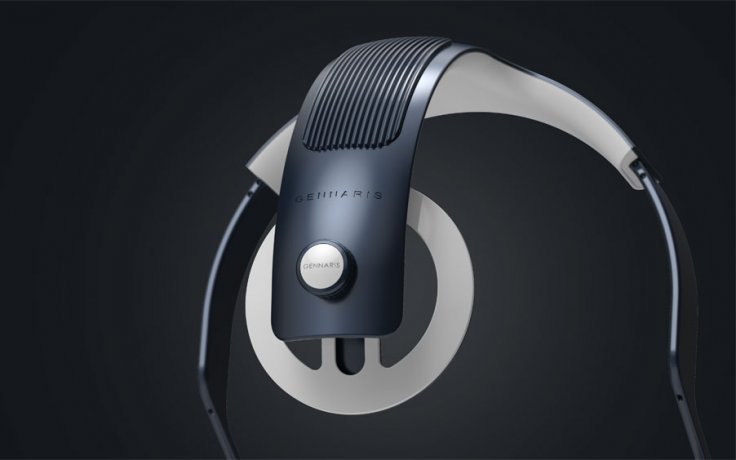The evolution of technology has opened several avenues for humankind to explore and turned many things from impossible to possible. Now after spending 10 years on developing an amazing technology to cure eye disease, researchers at Monash University are preparing to implant a "bionic eye" in a human subject.
The researchers have built the bionic device—called Gennaris bionic vision system—that they say can restore vision to the blind through a brain implant. It includes a custom headgear fitted with a camera and wireless transmitter, a vision processor unit as well as software and a set of 9x9 millimeter tiles which are implanted into the brain.
When researchers studied the device attaching it to a sheep, they found promising results and noticed no side effects. Now they are preparing for what they claim will be the world's first human clinical trials of a bionic eye. The team of scientists who developed the device is now asking for additional funding to eventually manufacture it on a global scale.

Similar to Elon Musk's Neuralink
The researchers in Australia are just one of many working towards connecting the brain to a computer, which reminds us billionaire Elon Musk's brain chip called Neuralink that he demonstrated in pigs recently during an event.
Monash University's bionic system is the world's first brain implant aimed at restoring the sight and it is being prepared for human trials. This device is claimed to be capable of bypassing damaged optic nerves, which are blocking signals being sent from retina to the 'vision center' of the brain.

The camera attached to the system captures a user's surrounding scene and sends it to the vision processor where the technology extracts data from the transmission. Professor Lowery, also from the University's Department of Electrical and Computer Systems Engineering, said "Cortical vision prostheses aim to restore visual perception to those who have lost vision by delivering electrical stimulation to the visual cortex – the region of the brain that receives, integrates and processes visual information."
He also said that the system developed by Monash University creates a visual pattern from combinations of up to 172 spots of light that gives information for the individual to navigate indoor and outdoor environments and recognize the presence of surrounding people and objects.
The team of researchers had received $1 million in funding in 2019 and now they are raising another round which is due to occur later in 2020. As per the researchers, they are hopeful that it could evolve to cure other ailments besides blindness.









